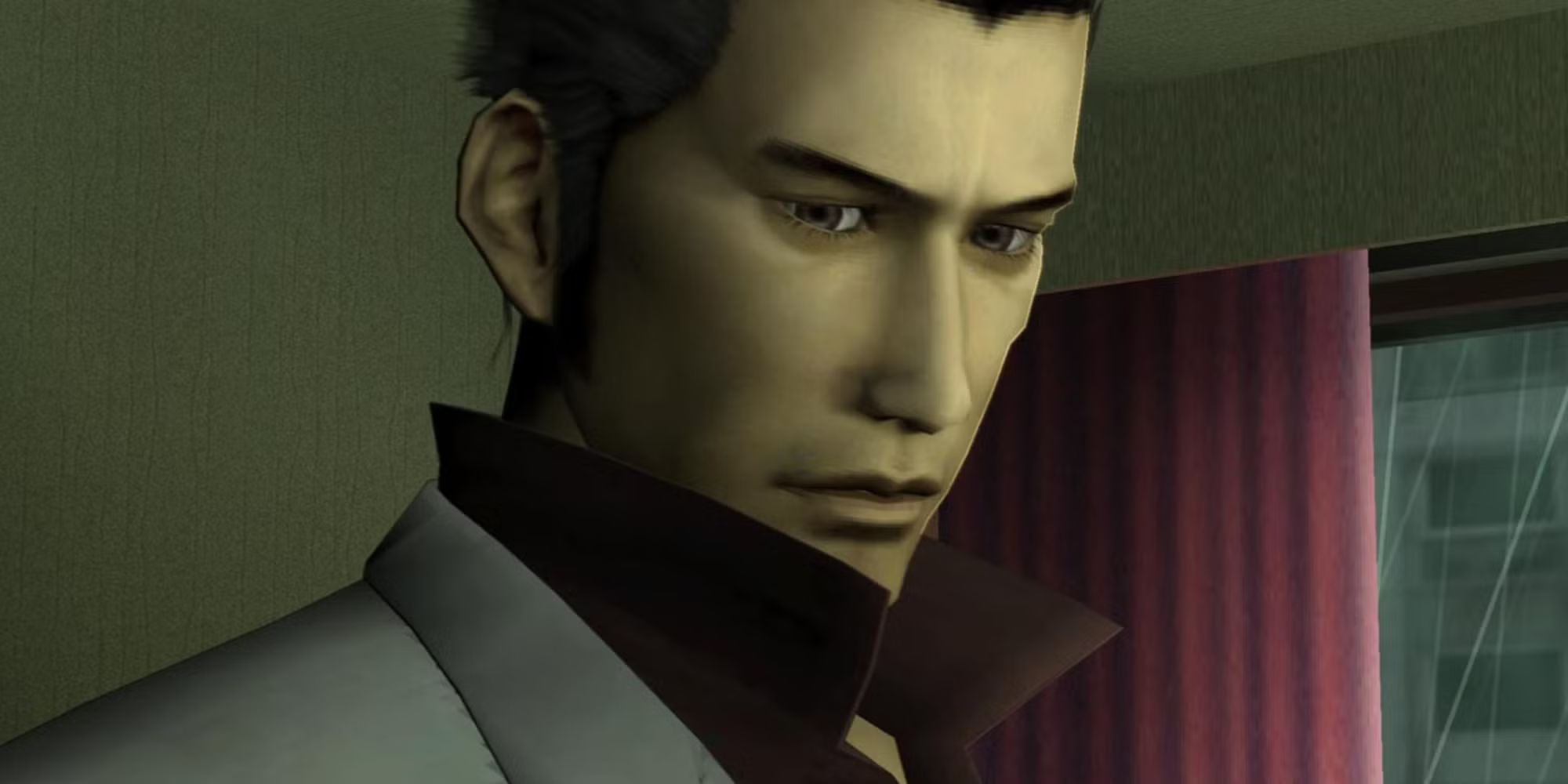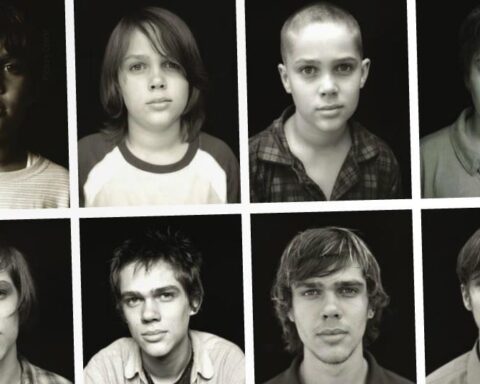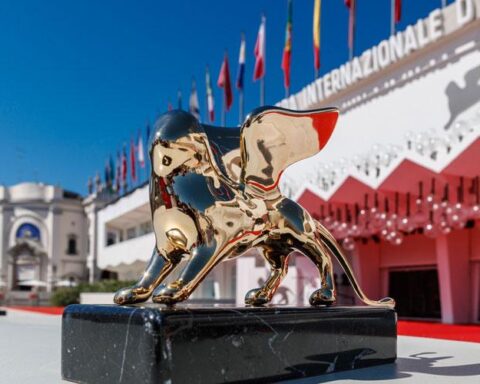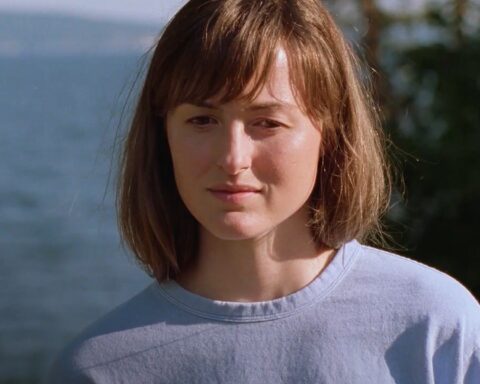The Yakuza series spawned on the PlayStation 2 console in 2005, known now for its somewhat odd English dub as the series post this game was always in Japanese, until 2020 when the 7th installation in the series hit the west with an English dub for the first time since the first, due to its rise in popularity with the western crowd.
I recently played the original for the first time. I’ve been a fan of the series since I played the prequel, Yakuza 0 (2015), seven years ago. I fell in love with its gameplay, characters, crime underworld story and its very silly light toned, goofy humour that Japanese media is known to have. After I had finished Yakuza 0 I instantly moved on to Yakuza KIWAMI (2016). KIWAMI is a remake of the original 2005 game, with updated graphics, combat and more story cutscenes to flesh out some characters.
Lately I have been on a Yakuza craze and wanted to experience the original game, as I always intend to enjoy playing both original and remakes to see which I like best and spot the differences. Whilst playing the original game I started to fall in love with its graphics and amazing detail to the world, compared to all of the other entries I have played in the series.

Yakuza is set in Tokyo’s red light/entertainment district Kabukichō, however in this game its known as “Kamurochō”. In the game you are free to run around this area of Japan and explore its bars, arcades and hostess bars. Each game onwards has these features and expands on them, adding more, however I feel like the original game, whilst only having handful of activities, shines more in its presentation more than any other entry in the series. Next to the original I would say Yakuza 3‘s Okinawa setting and 0‘s 1980s redesign are close seconds.
The reason I think it looks best comes down to its fixed camera angles, the amount of NPCs walking around and the way the camera makes us the player feel like an ant. It makes you look tiny whilst running around in this populated area. The game has a different camera angle for each street making exploring a treat as well bumping into a fight or someone that needs help.

I had the realisation of “feeling small” when I ran in the street named “Shinchifuki St” (which is the place within the image above). The game tracks the player as we run up the street but then the camera slowly pans up revealing more of the town, more buildings, more people. Whether the people are walking around, in crowds talking, holding umbrellas trying to get out of the rain or my favourite, the guys who follow you trying to get you to come to a bar in town handing out free hand tissues.
These little details make a world really feel alive and it’s crucial to have this in a game as it is important for immersion, which you can’t get from some medias; more importantly, you will remember the game more too. I always find I remember games like this more than games that don’t really focus fully on immersion. Whilst graphics seem to be the forefront of today’s era of gaming, I think it’s important to have subtle details as they really build the world you inhabit.

If you play games, going back to old ones, you either love fixed camera angles or hate them. It’s like marmite, whilst at times, yes it can be rather frustrating, you cannot deny how developers turned hardware limitations into an art form. I feel like you can really see the art side of things within Yakuza, whilst games like Silent Hill and Resident Evil are more so known to have nailed the fixed camera angle style I really feel like we should give more flowers to this game for that reason.
Exploring a populated city soaked in neon signs with people doing different things whether that be school girls walking, texting on their flip phones, or local thugs squatting on street corners looking for a fight, salary men drunk passed out with a buddy beside them asking if they are ok, I could really go on…
If you are a fan of games or the Yakuza series then I would recommend, just for the beauty of Kamurochō alone. It often looks like a painting. This game sadly is known for its infamous English dub, with its heavy use of swearing to try to appeal to a western audience. I did enjoy the dub as it was entertaining and it spawned the online meme within the Yakuza game community “10 YEARS IN THE JOINT” which is rather funny.
Luckily it shifted from that and when it was localised it would stick to its Japanese roots which helped its popularity, Yakuza is a game like no other.








